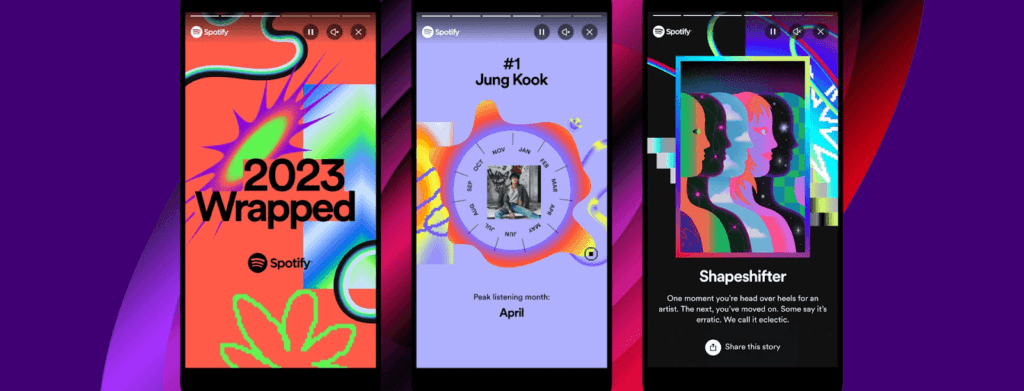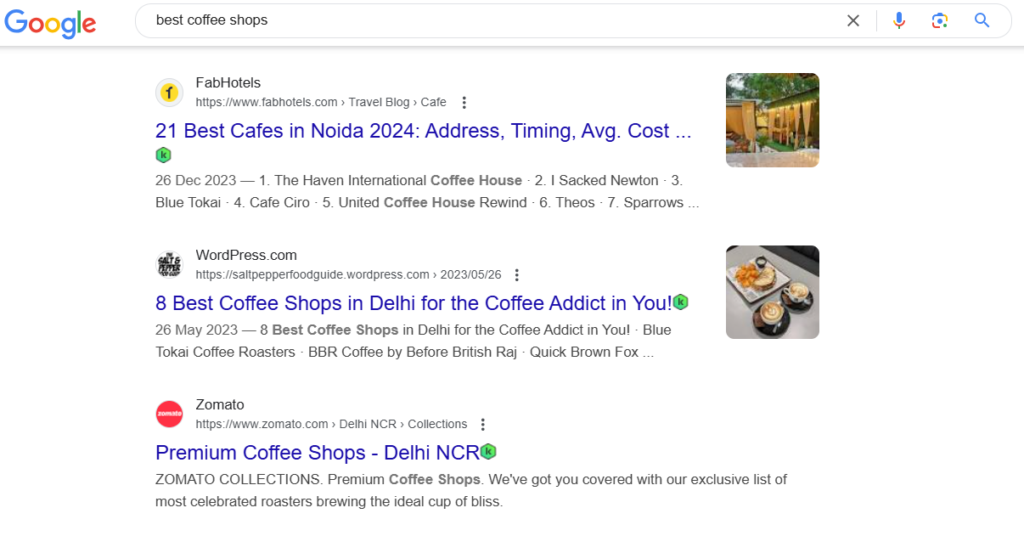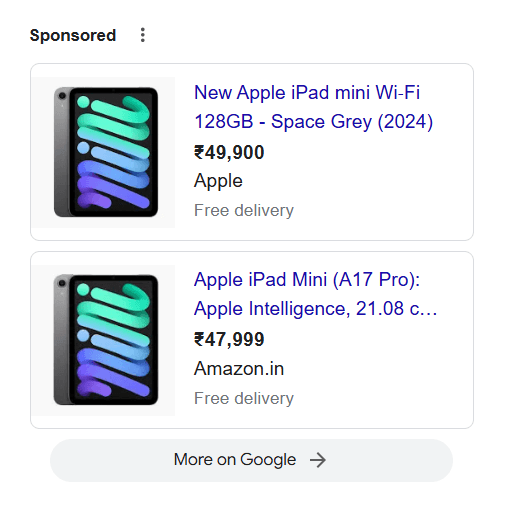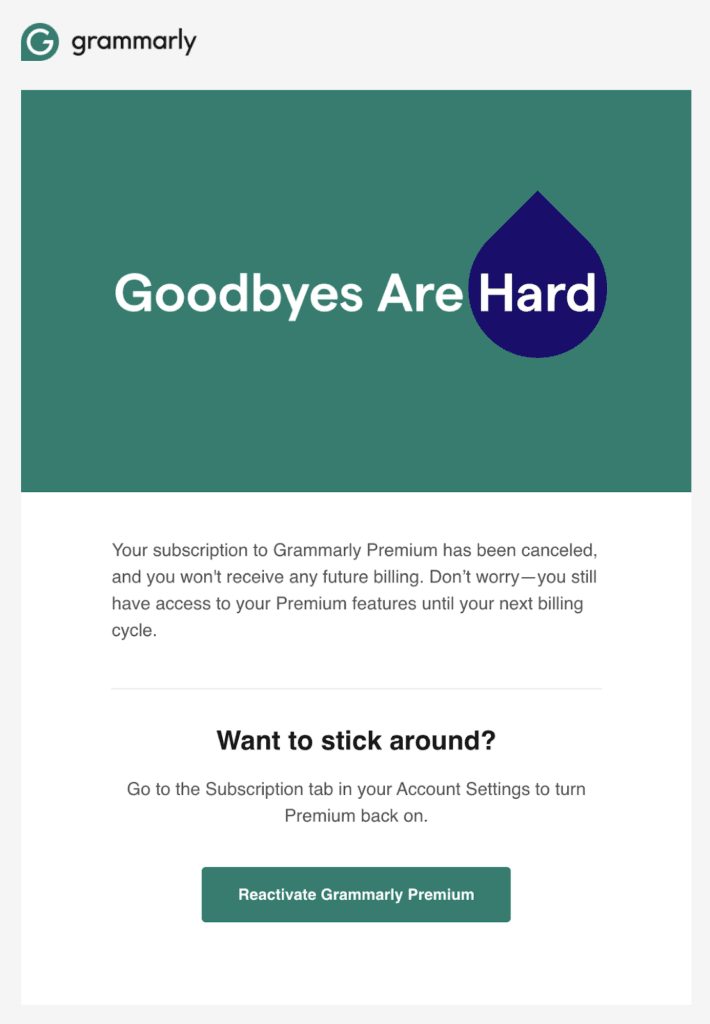Different Types of Marketing Explained Clearly

Did you know that Josiah Wedgwood, an entrepreneur from the late 1700s, is often hailed as the pioneer of modern marketing? His pottery company was among the first to implement innovative strategies like direct mail, free delivery, and even a “buy one, get one free” offer, laying the foundation for what we now consider modern marketing.
However, in the past few centuries, the definition of “modern” has evolved at lightning speed. What was considered cutting-edge just a few years ago is often already seen as outdated today. The pace of change is relentless—what was modern yesterday may be traditional or even obsolete tomorrow.
Given this rapid evolution, it’s essential to stay updated on the various types of marketing strategies available. In this guide, we’ll explore the diverse marketing options you can leverage today—and how SalesTown can help you thrive in an ever-changing landscape. Before diving into these options, let’s first understand the differences between traditional marketing and digital marketing.
Traditional Marketing: An Overview
Traditional marketing refers to the classic methods of promoting products and services through physical or non-digital channels. This includes strategies such as TV ads, radio commercials, print media like newspapers and magazines, billboards, and direct mail. Though digital marketing has taken the spotlight, traditional methods remain effective for many businesses, helping them connect with local audiences and create brand recognition.
Key Elements of Traditional Marketing:
- Print Media (Newspapers, Magazines, Brochures):
Advertisements in print media, including newspapers, magazines, and brochures, allow businesses to reach a broad audience. These materials can be kept for future reference, making them great for long-lasting exposure. - Television and Radio Ads:
TV and radio ads are powerful tools for mass marketing. TV ads combine visuals, sound, and storytelling to captivate attention, while radio ads are ideal for reaching commuters and listeners in various environments. - Billboards and Outdoor Advertising:
Billboards, posters, and signage in high-traffic public areas are effective ways to build brand visibility. These large-scale, eye-catching advertisements are strategically placed in busy locations to ensure maximum exposure. - Direct Mail:
Direct mail campaigns involve sending physical materials like postcards, catalogs, and promotional letters to consumers’ homes. This personal approach is especially useful for promoting sales, events, or special offers. - Telemarketing:
In telemarketing, businesses reach out directly to potential customers via phone calls, offering products, services, or promotions. It allows for immediate feedback and personal engagement with the audience. - Events and Sponsorships:
Hosting or sponsoring events is a great way for businesses to engage directly with customers. This face-to-face interaction helps create strong relationships, increases brand visibility, and fosters customer loyalty.
Although digital platforms are increasingly used, these traditional methods remain integral for businesses aiming to create a well-rounded marketing strategy.
Digital Marketing:
Digital marketing refers to using the internet and electronic devices to promote products, services, or brands. It encompasses a wide range of strategies, including social media posts, email campaigns, online ads, and search engine optimization, all aimed at reaching and connecting with potential customers. The ultimate goal is to attract new clients, build strong relationships, and grow businesses by leveraging various digital tools and platforms.
Key Elements of Digital Marketing:
- SEO (Search Engine Optimization):
SEO focuses on improving the visibility of your website in search engine results, ensuring that when people search for topics related to your business, they find you first. By optimizing your website’s content and structure, you increase the chances of ranking higher on search engines like Google. - Social Media Marketing:
Social media marketing involves using platforms such as Facebook, Instagram, Twitter, and LinkedIn to engage with your audience and promote products or services. Through organic posts, paid ads, and influencer collaborations, businesses can connect with consumers, raise brand awareness, and drive conversions. - Email Marketing:
Email marketing allows businesses to communicate directly with their audience through personalized messages. Whether it’s sending promotional offers, product updates, or newsletters, email marketing helps foster customer relationships and keep your brand top-of-mind for potential and existing customers. - Content Marketing:
Content marketing is about creating valuable and engaging content—whether it’s blog posts, articles, videos, infographics, or podcasts—that resonates with your target audience. By providing useful information, businesses can drive traffic to their website and establish themselves as trusted industry experts. - Paid Advertising (Google Ads, Social Media Ads):
Paid advertising involves running ads on search engines and social media platforms. With Google Ads and social media ads (e.g., Facebook Ads, Instagram Ads), businesses can target specific audiences, increase website traffic, and drive immediate sales or leads. - Influencer Marketing:
Influencer marketing capitalizes on the power of social media influencers—individuals with large, engaged followings. Brands collaborate with influencers to promote their products or services to a broader audience, leveraging their credibility and trust within their niche market. - Affiliate Marketing:
Affiliate marketing is a performance-based strategy where businesses partner with individuals or other businesses to promote their products in exchange for a commission on sales. Affiliates share your product links on their websites or social media, and you pay them for each successful sale. - Mobile Marketing:
Mobile marketing targets users on their mobile devices, utilizing tactics such as SMS text messages, push notifications, mobile ads, and mobile apps. With the growing use of smartphones, mobile marketing is an essential way to reach consumers at the right place and time.
By integrating these elements, businesses can create a comprehensive and effective digital marketing strategy that boosts visibility, drives engagement, and ultimately accelerates growth.
Types of Digital Marketing
Digital marketing gives businesses many ways to connect with customers online. Here’s a simple guide to the main types of digital marketing and some helpful tips, inspired by SalesTown.
1. Content Marketing
Content marketing is the strategic approach to creating, sharing, and distributing valuable, relevant, and consistent content to attract and engage a target audience. The ultimate goal is to build trust, educate your audience, and drive conversions over time.
SalesTown Advantage: Create and distribute blog posts, videos, and infographics directly using SalesTown’s content planning and scheduling features.
Activities:
- Writing blog posts
- Producing videos and infographics
- Sharing whitepapers and ebooks
- Crafting social media captions and posts
Example: Every year, Spotify Wrapped delivers amazing content based on the data it collects about a user’s listening habits. It highlights their favorite artists, albums, songs, and podcasts, offering a snapshot of the past year. This mix of nostalgia and personalization makes it both heartwarming and irresistible, prompting users to share it with others.

Best Practices:
- Address your audience’s pain points and answer their questions.
- Use storytelling techniques to make content relatable.
- Optimize content for SEO by using relevant keywords and meta tags.
- Repurpose content across multiple platforms to maximize reach.
2. Search Engine Optimization (SEO)
Search Engine Optimization (SEO) is the process of optimizing a website’s content, structure, and technical elements to improve its ranking in search engine results pages (SERPs). The higher a site ranks, the more likely it is to attract organic traffic.
SalesTown Advantage: Track keyword performance and optimize campaigns with SalesTown’s integrated analytics tools.
Examples: Ranking for keywords like “best coffee shops” in your city

Best Practices:
- Perform keyword research
- Optimize meta titles and descriptions
- Focus on creating quality backlinks
3. Search Engine Marketing (SEM)
Search Engine Marketing (SEM) involves using paid strategies to enhance your visibility on search engine result pages (SERPs). SEM combines the power of organic search engine optimization (SEO) with paid advertising methods to ensure your brand gets noticed by the right audience at the right time.
SalesTown Advantage: With SalesTown’s campaign management tools, you can run targeted Google Ads campaigns, optimize your ad spend, and monitor ROI in real time.
Activities:
- Setting up Google Ads campaigns with precise targeting
- Creating compelling ad copy and visuals
- Implementing remarketing campaigns to re-engage potential customers
- Monitoring campaign performance and making data-driven adjustments
“For instance, if you pay 1$ per click and 1 in 100 converts to a paying customer, your cost of acquisition is $100. If you’re selling a $1000 product, this is great ROI.”
Example: A local electronics store running a Google Ads campaign targeting keywords like “iPad Mini” or “buy iPad Mini online,” paired with offers for discounted prices or bundled accessories like a free case with purchase.

Best Practices:
- Keyword Research: Use tools to identify high-converting keywords relevant to your industry.
- Ad Copy Optimization: Write compelling headlines and descriptions that address customer needs and include a clear call-to-action (CTA).
- A/B Testing: Test different versions of your ads to identify the most effective ones.
- Targeting: Use location, demographic, and behavior-based targeting to reach your ideal audience.
- Budget Management: Set a realistic daily budget and continuously monitor cost-per-click (CPC) to maximize ROI.
- Remarketing: Use display ads to retarget users who have visited your site but didn’t convert.
By incorporating these best practices into your SEM strategy, you can drive high-quality traffic to your website and increase conversions effectively. SalesTown simplifies this process by providing tools to streamline campaign setup and track results efficiently.
4. Social Media Marketing
Social Media Marketing uses platforms like Facebook, Instagram, LinkedIn, and Twitter to promote a brand, engage with customers, and drive traffic. It includes both organic social media posts and paid social media advertising.
SalesTown Advantage: Schedule posts, manage interactions, and analyze performance metrics, all in one place.
Activities:
- Posting engaging content
- Running paid ad campaigns
- Hosting live sessions
Best Practices:
- Know your audience’s preferences
- Post consistently
- Analyze insights and metrics
5. Email Marketing
Email marketing is the practice of sending emails to nurture relationships with your audience, inform them of promotions, or encourage conversions. It’s one of the most direct forms of communication with customers.
SalesTown Advantage: Leverage SalesTown’s bulk email sender to automate campaigns and track open rates.
Activities:
- Welcome emails
- Promotional campaigns
- Nurture sequences
Examples: A subscription box sending exclusive discount offers

Best Practices:
- Segment your audience
- Use catchy subject lines
- Test and optimize email designs
6. Influencer Marketing
Influencer marketing is a form of partnership where brands collaborate with individuals who have a strong following or influence in a specific niche. These influencers promote the brand’s products to their audience in an authentic way.
SalesTown Advantage: Track influencer performance and manage campaigns seamlessly with SalesTown’s influencer outreach tools.
Activities:
- Sponsored posts
- Product reviews
Examples: A fitness influencer promoting a protein supplement
Best Practices:
- Choose influencers whose audience matches your target
- Track ROI
- Build long-term relationships
7. Affiliate Marketing
Affiliate marketing is a performance-based marketing strategy where a brand compensates affiliates (individuals or companies) for driving traffic or sales to their website. Affiliates use unique tracking links to promote products or services.
SalesTown Advantage: Monitor affiliate performance and manage payouts through SalesTown’s affiliate program integrations.
Activities:
- Creating affiliate programs
- Sharing affiliate links
Examples:
- A travel agency offering commissions for hotel bookings
Best Practices:
- Provide affiliates with promotional materials
- Monitor affiliate performance
- Offer competitive commissions
8. Mobile Marketing
Mobile marketing targets consumers on smartphones, tablets, and other mobile devices. This type of marketing includes SMS, mobile apps, and location-based targeting to engage users on the go.
SalesTown Advantage: Engage with your audience through personalized SMS campaigns using SalesTown’s mobile marketing features.
Activities:
- Sending SMS campaigns
- Running in-app ads
Examples:
- A restaurant sending discount codes via SMS
Best Practices:
- Optimize for mobile devices
- Use location-based targeting
- Keep messages concise
9. Moment Marketing
Moment marketing capitalizes on current events, trends, or viral moments to engage with your audience in real-time. It’s about being quick and relevant in the moment, creating content that resonates with the latest happenings.
SalesTown Advantage: Stay agile and capitalize on trends with real-time insights and content planning.
Best Practices:
- Stay updated with trends
- Ensure content aligns with your brand values
- Be quick to respond
10. Guerrilla Marketing
Guerrilla marketing is an unconventional and creative marketing strategy designed to generate maximum exposure with minimal budget. It often involves surprise, humor, or shock tactics to make a lasting impression.
Examples:
- Flash mobs promoting a brand
- Eye-catching street art
SalesTown Advantage: Manage creative campaigns and track responses to measure success.
Best Practices:
- Be creative and bold
- Focus on your target audience’s interests
- Ensure the message is clear
Combining Marketing Strategies
An effective marketing approach often combines multiple strategies for maximum impact. This is where an integrated marketing plan comes in.
What is an Integrated Marketing Plan?
An integrated marketing plan ensures all your marketing efforts work together to deliver a cohesive message.
How to Create an Integrated Marketing Plan?
- Define Your Goals: Clearly outline what you want to achieve.
- Choose Your Channels: Select platforms that align with your target audience.
- Plan Your Activities: Map out campaigns and assign responsibilities.
- Measure and Improve: Track performance and optimize your strategies.
Overcoming Marketing Challenges
Marketers often face challenges such as:
- Complexity: Managing multiple channels can be overwhelming.
- Brain Freeze: Generating fresh ideas constantly.
- Collaboration: Coordinating between teams.
- Reporting: Analyzing data and extracting insights.
- Falling Behind: Keeping up with evolving trends.
SalesTown Solution: Simplify your marketing efforts with SalesTown’s all-in-one platform, designed to address these pain points and more.
Build a Solid Integrated Marketing Foundation With SalesTown
SalesTown empowers your brand to create, execute, and optimize marketing campaigns across channels. From bulk emails to mobile marketing and beyond, SalesTown’s features help you stay ahead in a competitive landscape.
Start planning and executing your marketing strategies today with SalesTown!
